Please read the following important information for First Sentier Global Listed Infrastructure Fund
• The Fund invests primarily in global listed infrastructure and infrastructure-related equity securities or equity related securities worldwide. Investments in infrastructure projects may involve risks including projects not being completed on time and within budget, changes in environment laws and regulations.
• The Fund’s investments may be concentrated in small number of companies/countries, a single country/sector, a specific region, a limited/specialist sector, or in fast growing economies which may have higher volatility or greater loss of capital than more diversified portfolios. The Fund may also expose to RMB currency and conversion risk.
• Small/ mid-capitalisation securities may have lower liquidity and their prices are more volatile to adverse economic developments.
• The Fund may use FDIs for hedging and efficient portfolio management purposes, which may subject the Fund to additional liquidity, valuation, counterparty and over the counter transaction risks
• For certain share classes, the Fund may at its discretion pay dividend out of capital or pay fees and expenses out of capital to increase distributable income and effectively a distribution out of capital. This amounts to a return or withdrawal of your original investment or from any capital gains attributable to that, and may result in an immediate decrease of NAV per share.
• It is possible that a part or entire value of your investment could be lost. You should not base your investment decision solely on this document. Please read the offering document including risk factors for details.
A monthly review and outlook of the Global Listed Infrastructure sector.
Market review - as at June 2021
Global Listed Infrastructure delivered mixed returns in June, as economic reopening optimism was tempered by coronavirus variant concerns. The FTSE Global Core Infrastructure 50/50 index dipped -1.1%, while the MSCI World index^ ended the month +1.5% higher.
The best performing infrastructure sector was Towers (+6%), on the view that the rollout of next-generation networks would be supportive of tower earnings growth. Lower bond yields provided an additional tailwind to these interest rate sensitive companies. Pipelines (+5%) also gained against a backdrop of higher energy prices and increasing hydrocarbon demand.
The worst performing infrastructure sector was Multi-utilities (-3%), as investors sought assets with more sensitivity to increasing levels of economic activity. In the Railroads (-2%) sector, Japanese passenger rail operators gained as the country’s vaccine rollout accelerated. However North American freight rail stocks lagged despite consistently strong volumes, on concerns that unusually hot weather in the US and Canada may affect Agriculture haulage volumes.
The best performing infrastructure region was Canada (+3%), led higher by substantial gains for its pipeline operators. The worst performing infrastructure region was Latin America (-2%), reflecting underperformance from Brazil’s utility stocks.
^ MSCI World Net Total Return Index, USD
Fund performance
The Fund returned -2.0% after fees1 in June, 89 basis points behind the FTSE Global Core Infrastructure 50/50 Index (USD, Net TR).
Cumulative performance in USD (%) 2
Calendar year performance in USD (%) 2
Asset allocation (%) 2
Top 10 holdings (%) 2
The best performing stock in the portfolio was US tower operator SBA Communications (+7%), which increased along with its domestic and international peers American Tower (+6%) and Inwit (+4%). The tower industry is benefitting from continued network investment in 5G to cope with rising data consumption. Ericsson’s June Mobility Report reported 46% year-on-year growth in mobile network data traffic globally.
The portfolio’s pipeline holdings delivered positive returns. Natural Gas Liquids-focused Enterprise Products Partners (+2%) increased on the appeal of its highly integrated asset footprint, strong balance sheet and attractive valuation multiples, including a ~7.5% dividend yield. Liquefied Natural Gas exporter Cheniere Energy (+2%) continued its strong run of performance, aided by keen demand from Asian customers. The stock is uniquely positioned to benefit from the key role that natural gas is expected to play as a transition fuel over coming decades. The ongoing bidding war between Pembina Pipeline (+2%) and alternative asset manager Brookfield for Canada’s Inter Pipeline (+15%, not held) further illustrated the keen demand for energy infrastructure assets.
Australian infrastructure stocks also performed well. Transurban (+4%) was supported by the continued resilience of traffic volumes on its networks of Australian and North American toll roads, in addition to lower bond yields. Freight rail operator Aurizon (+3%) held a well-received Investor Day, highlighting significant operational efficiency improvements; and outlining plans to expand its bulk haulage business (iron ore, cement, metals, grain, livestock) in order to mitigate the medium term decline in thermal coal haulage volumes.
The worst performing stock in the portfolio was China Gas (-18%). The company’s share price fell sharply after a fatal gas explosion in a residential neighbourhood in central China’s Shiyan City. It was the first major gas accident faced by China Gas in over 20 years. Preliminary reports suggest the operator, a Joint Venture company partly owned by China Gas, failed to conduct the required safety checks. In previous accidents at other gas utilities, responsibility has been borne at JV level rather than by the group-level company. We expect a similar outcome for China Gas in this case.
US utilities underperformed despite solid fundamentals, moderating bond yields and a lack of material company-specific news. Laggards in this space included Xcel Energy (-6%), Avista (-6%), Pinnacle West (-3%) and Dominion Energy (-3%). Factors that should prove supportive of the sector over the medium term include regulatory frameworks with scope for allowed returns to be raised if inflation increases; and structural earnings growth from the replacement of fossil fuels with cheaper, cleaner renewables.
European transport infrastructure also lagged as the spread of the Delta coronavirus variant threatened to weigh on the continent’s summer tourism volumes. These concerns affected toll road operators Eiffage (-5%) and Vinci (-3%), as well as airport operators Flughafen Zurich (-4%) and AENA (-4%). Italy’s Atlantia (-5%) also lagged, despite announcing that part of the €8 billion proceeds of its sale of the Italian motorway concession ASPI would be used to fund a share buy-back of between €1 and €2 billion (7% - 15% of its market capitalisation) next year, in addition to a dividend payout of €600 million (a 4.5% yield) each year between 2022 and 2024.
Performance is based on First Sentier Global Listed Infrastructure Fund Class I (USD – H Dist). This is the semi-annually dividend distribution class of the Fund. The performance quoted are based on USD total return (with dividend reinvested). Dividends are not guaranteed and may be paid out of capital.
* The benchmark displayed is UBS Global Infrastructure & Utilities 50-50 Index until 31 March 2015 and FTSE Global Core Infrastructure 50/50 Index from 1 April 2015 onwards. Gross of tax benchmark performance is shown before 1 July 2016 and net of tax benchmark performance is shown after the aforementioned date.
1 Source: First Sentier Investors & Bloomberg, the First Sentier Global Listed Infrastructure’s cumulative return over one month, data as of 30 June 2021.
2 Source: Lipper & First Sentier Investors, Nav-Nav (USD total return) as at 30 June 2021. Allocation percentage is rounded to the nearest one decimal place and the total allocation percentage may not add up to 100%. Fund inception date: 27 June 2008.
All stock and sector performance data expressed in local currency terms. Source: Bloomberg.
This Fund is a sub fund of Ireland domiciled First Sentier Investors Global Umbrella Fund Plc.
Fund activity
The Fund divested its holding in regulated US electric and gas utility NiSource after a period of strong performance saw it move to a lower ranking within our investment process.
Market outlook and fund positioning
The Fund invests in a range of global listed infrastructure assets including toll roads, airports, railroads, utilities, pipelines, and wireless towers. These sectors share common characteristics such as barriers to entry and pricing power that we believe can provide investors with inflation-protected income and strong capital growth over the medium-term.
A key question for investors is whether current rising prices are a transitory phenomenon, or whether the global economy is now about to embark on a sustained period of higher inflation. Infrastructure assets are typically able to increase prices in line with inflation. This can be achieved via the terms of their regulatory frameworks, concession agreements or customer contracts; or in some cases by operating from a strong strategic position with limited competition. Accordingly, infrastructure assets can often maintain and grow earnings in real terms, supporting a stable and growing distribution yield over time. This history gives us confidence that listed infrastructure would fare relatively well in the event of a higher inflation environment.
The asset class is also set to benefit from a number of other positive drivers. Government attempts to bolster economic fundamentals through infrastructure and green energy stimulus plans are likely to prove supportive of many global listed infrastructure firms. In particular, the ongoing repair and replacement of old energy transmission and distribution grids, along with the accelerating build-out of renewables, should represent a steady source of utility earnings growth over many years.
Ever-increasing demand for mobile data / connectivity continues to underpin steady earnings growth for Towers and Data Centres, insulating them from the ebbs and flows of the broader global economy. There is also scope for a material recovery in traffic / passenger volumes across coronavirus-impacted infrastructure sectors such as toll roads, airports and passenger rail, as vaccine programs ramp up globally.
Source : Company data, First Sentier Investors, as of end of June 2021.
Important Information
Investment involves risks, past performance is not a guide to future performance. Refer to the offering documents of the respective funds for details, including risk factors. The information contained within this document has been obtained from sources that First Sentier Investors (“FSI”) believes to be reliable and accurate at the time of issue but no representation or warranty, expressed or implied, is made as to the fairness, accuracy or completeness of the information. Neither FSI, nor any of its associates, nor any director, officer or employee accepts any liability whatsoever for any loss arising directly or indirectly from any use of this. It does not constitute investment advice and should not be used as the basis of any investment decision, nor should it be treated as a recommendation for any investment. The information in this document may not be edited and/or reproduced in whole or in part without the prior consent of FSI.
This document is issued by First Sentier Investors (Hong Kong) Limited and has not been reviewed by the Securities and Futures Commission in Hong Kong. First Sentier Investors is a business name of First Sentier Investors (Hong Kong) Limited.
Reference to specific securities (if any) is included for the purpose of illustration only and should not be construed as a recommendation to buy or sell the same. All securities mentioned herein may or may not form part of the holdings of First Sentier Investors’ portfolios at a certain point in time, and the holdings may change over time.
First Sentier Investors (Hong Kong) Limited is part of the investment management business of First Sentier Investors, which is ultimately owned by Mitsubishi UFJ Financial Group, Inc. (“MUFG”), a global financial group. First Sentier Investors includes a number of entities in different jurisdictions.
MUFG and its subsidiaries are not responsible for any statement or information contained in this document. Neither MUFG nor any of its subsidiaries guarantee the performance of any investment or entity referred to in this document or the repayment of capital. Any investments referred to are not deposits or other liabilities of MUFG or its subsidiaries, and are subject to investment risk, including loss of income and capital invested.
Get the right experience for you
Your location :  Hong Kong
Hong Kong
Australia & NZ
-
 Australia
Australia -
 New Zealand
New Zealand
Asia
-
 Hong Kong (English)
Hong Kong (English) -
 Hong Kong (Chinese)
Hong Kong (Chinese) -
 Singapore
Singapore -
 Japan
Japan
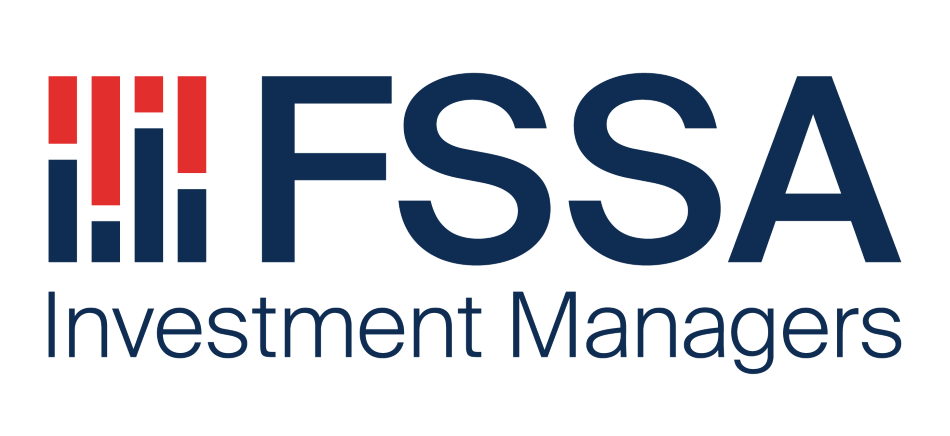
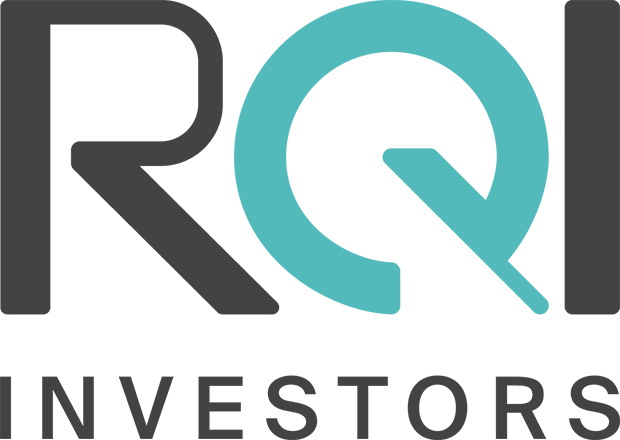
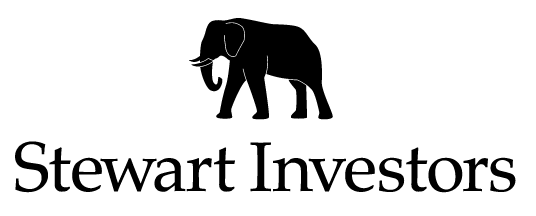


















 United Kingdom
United Kingdom 